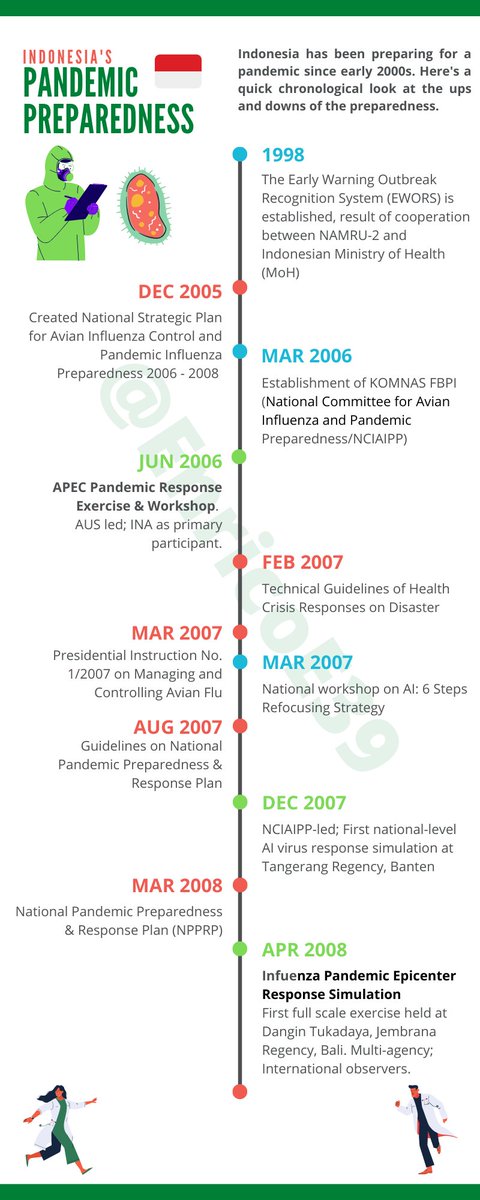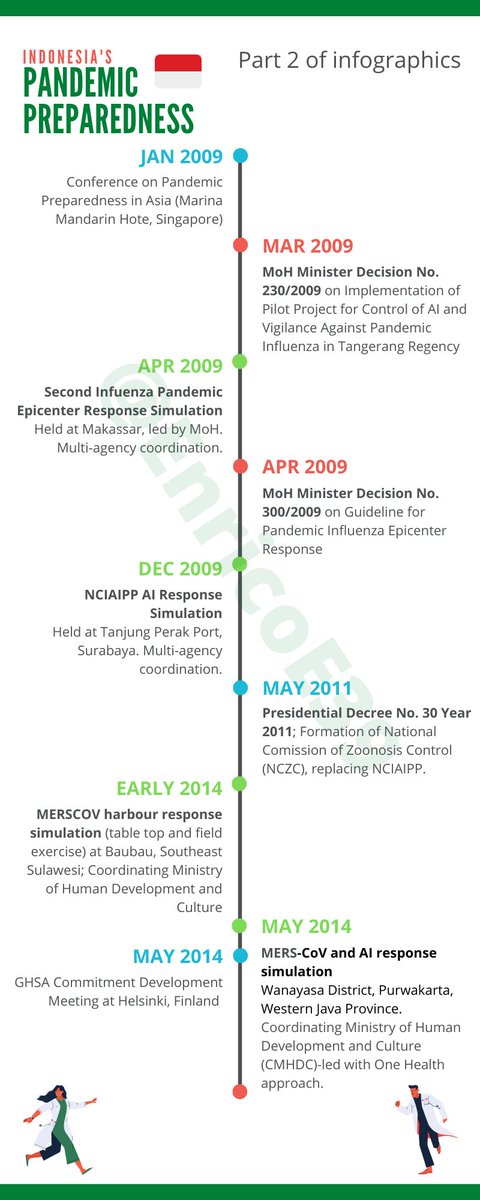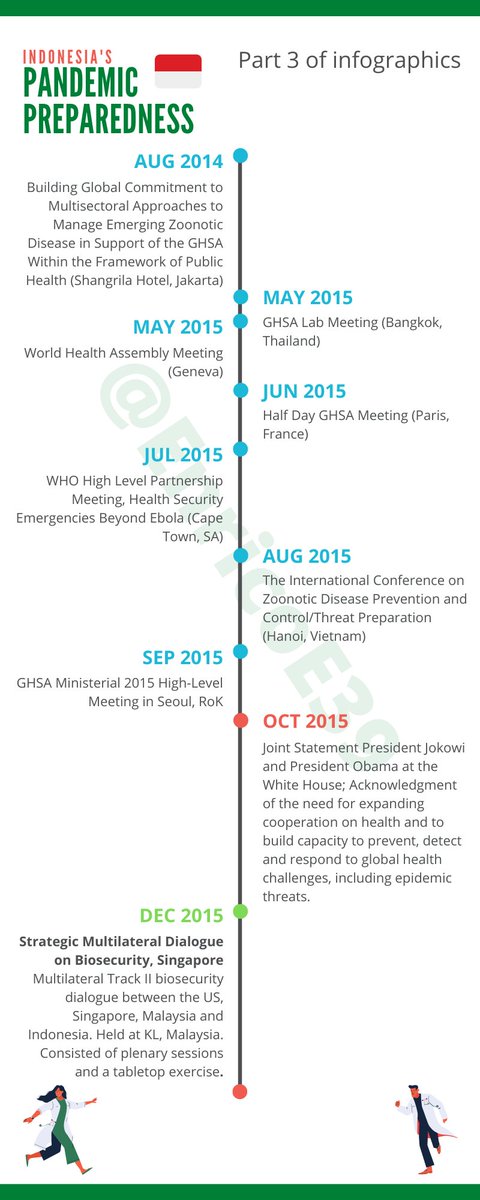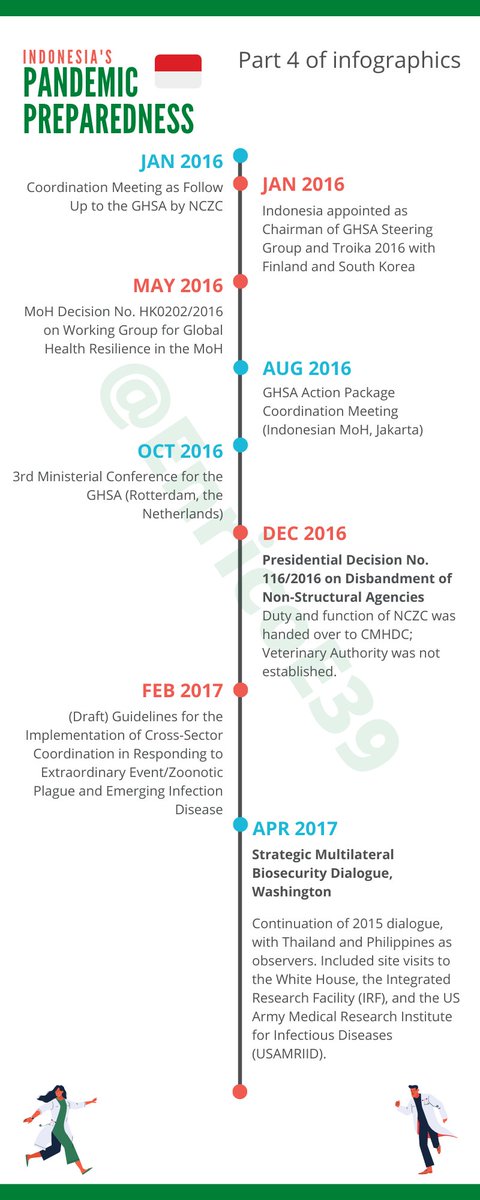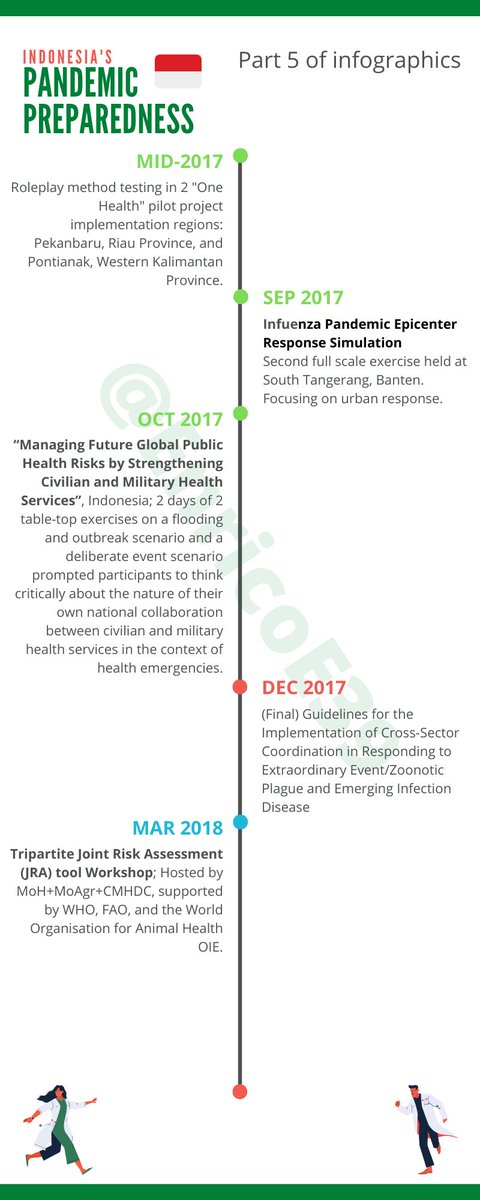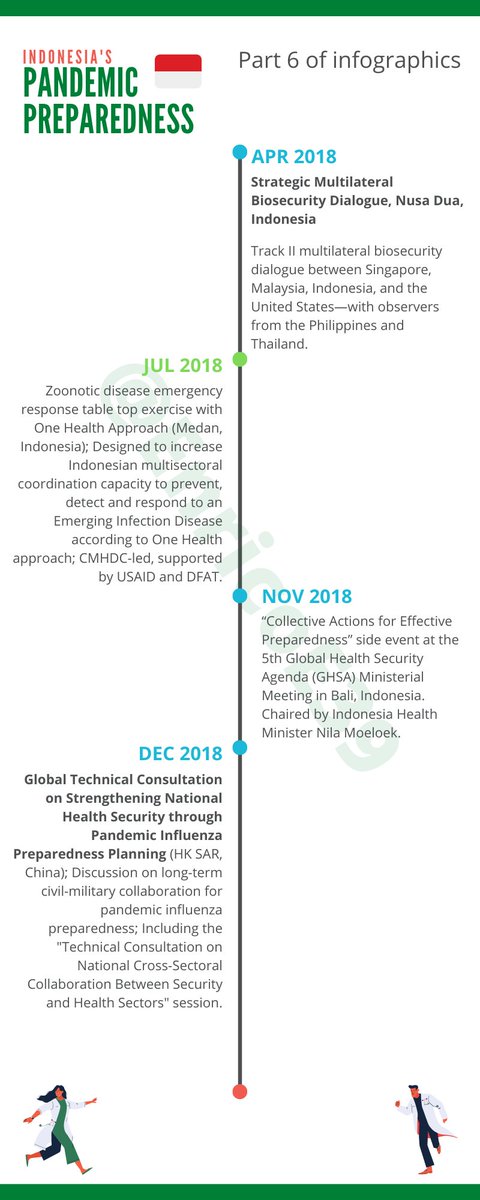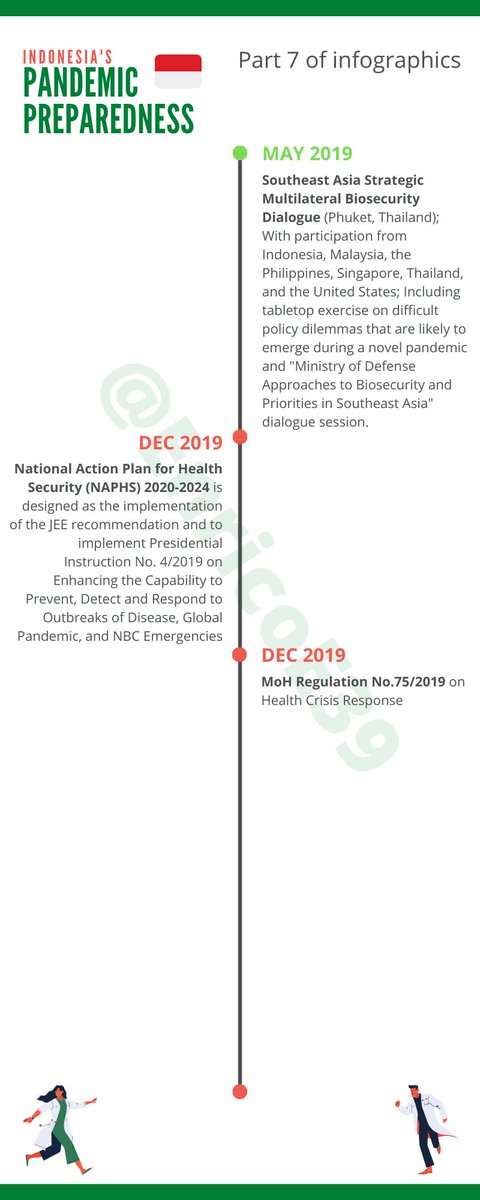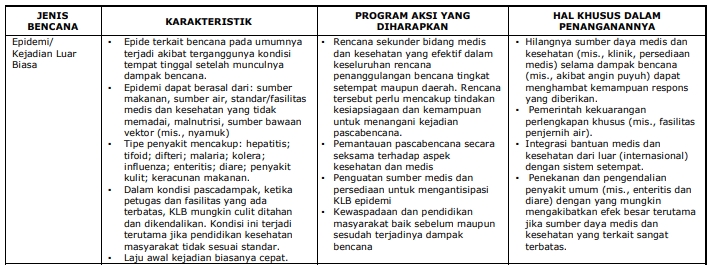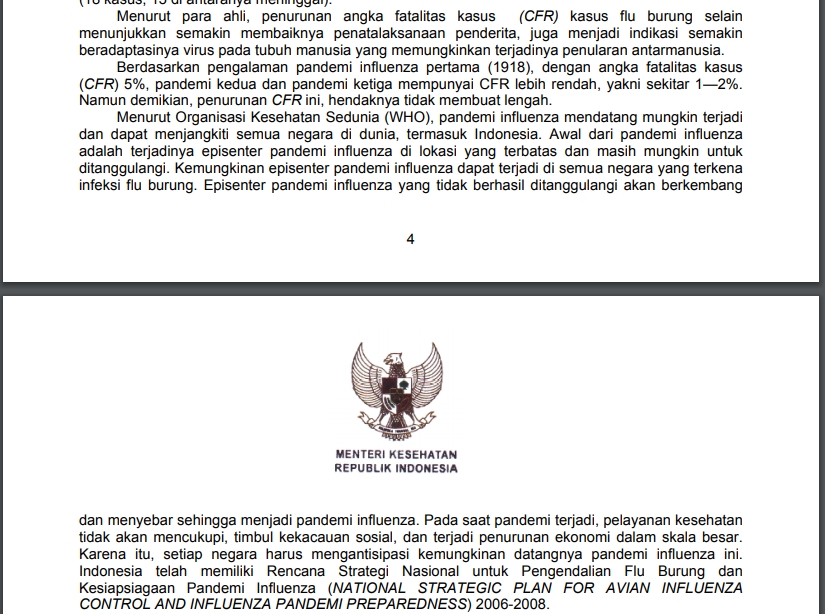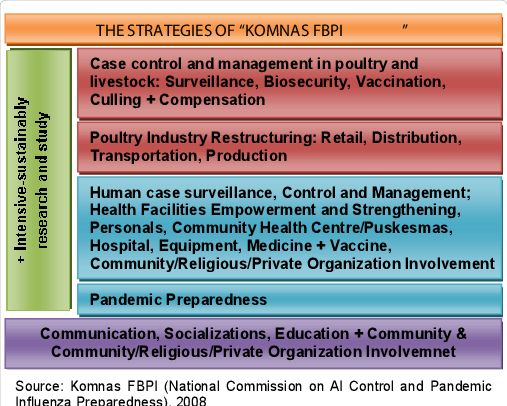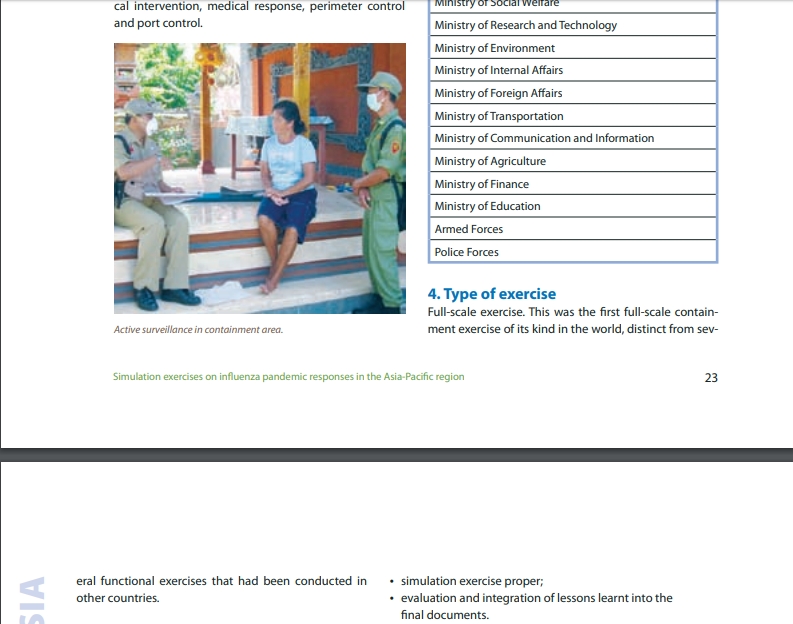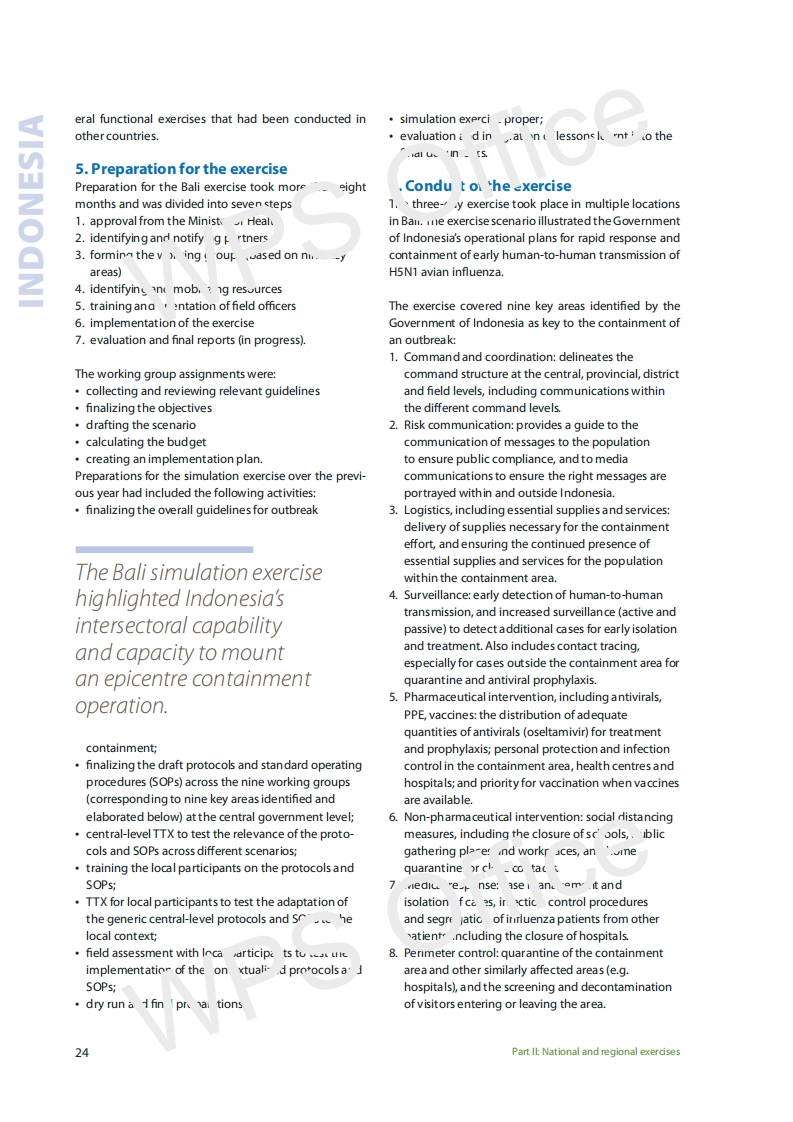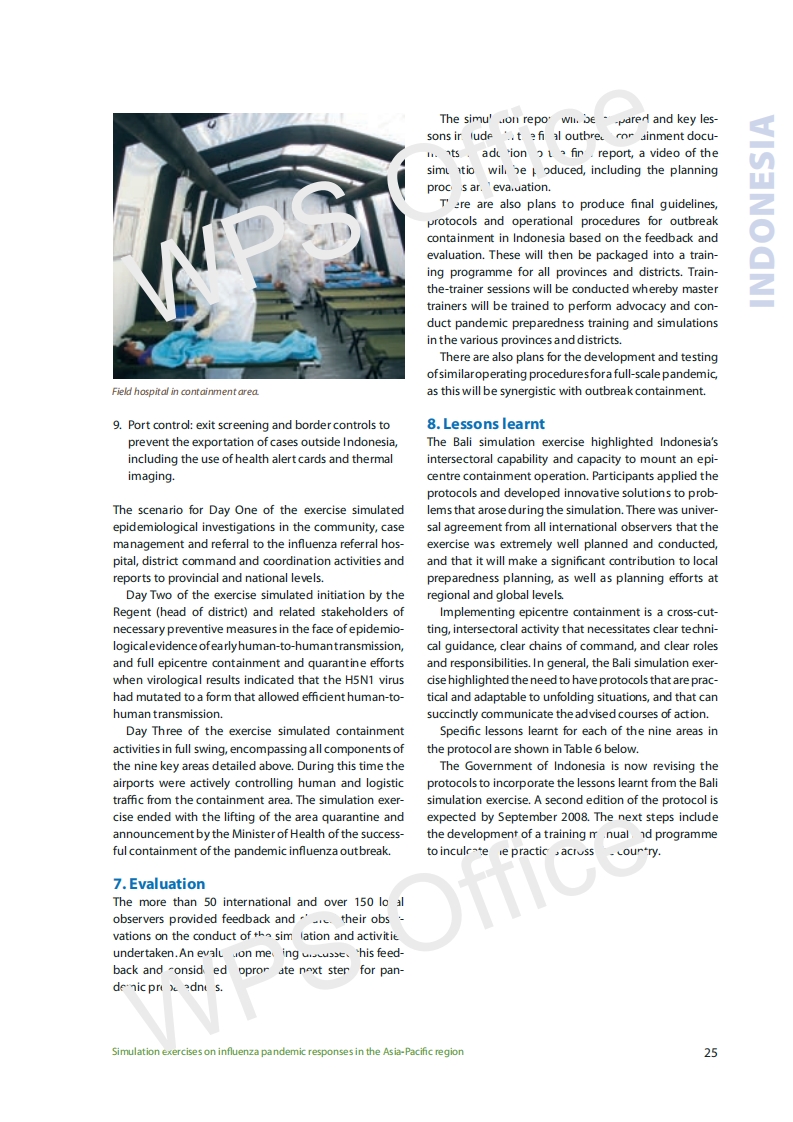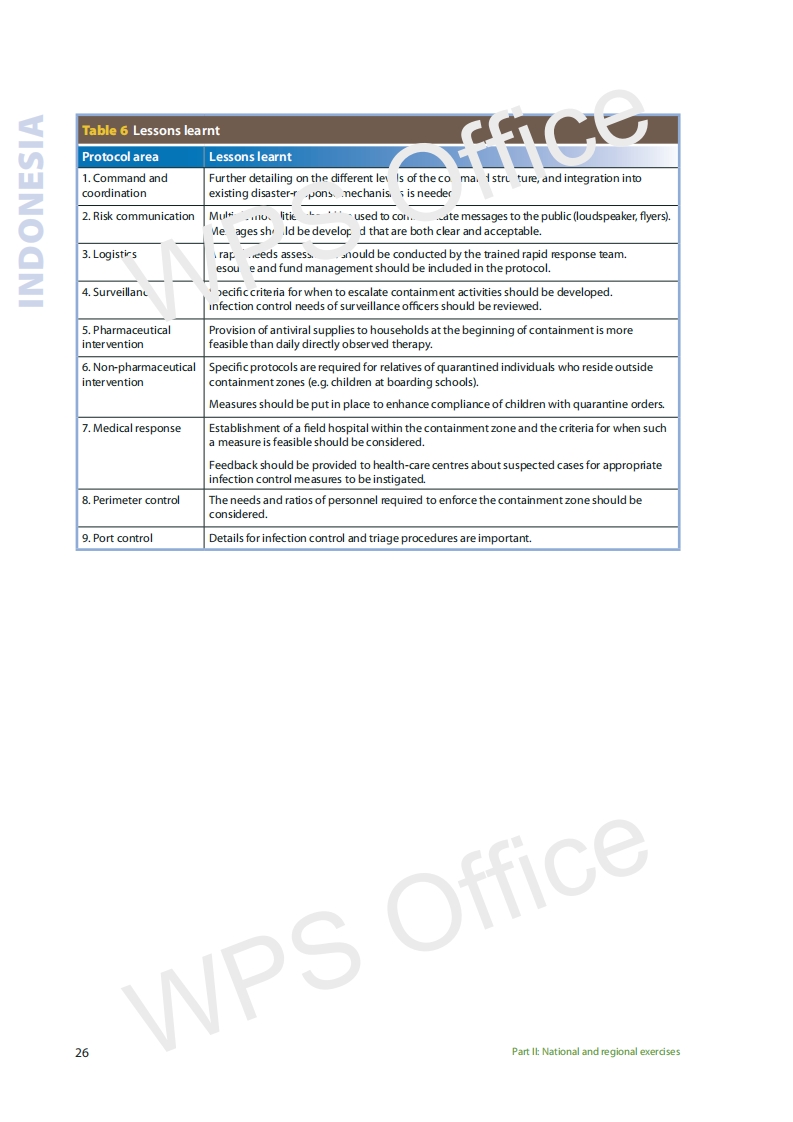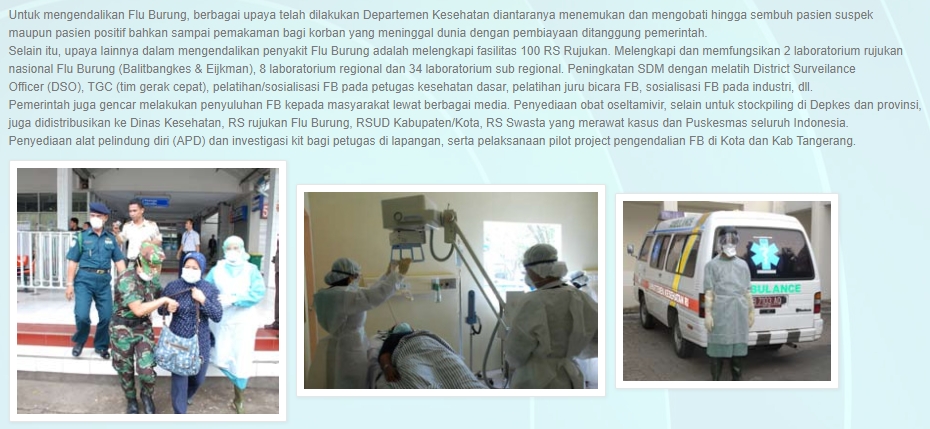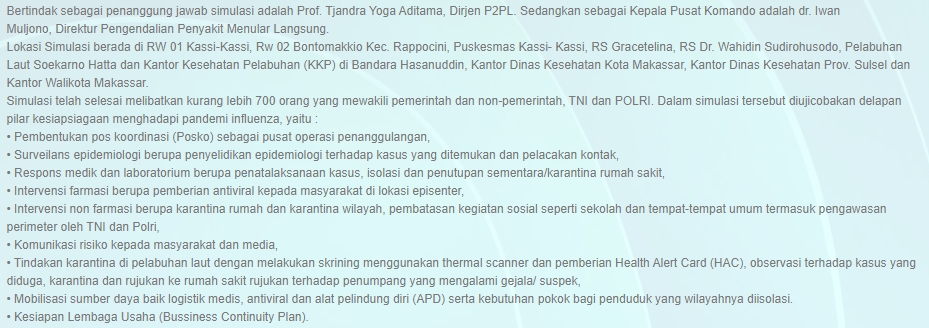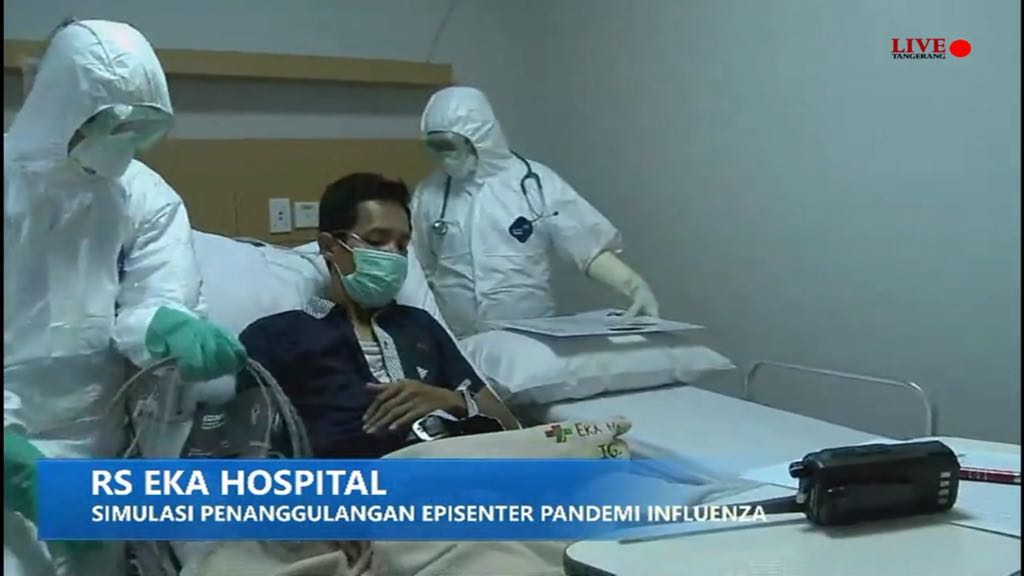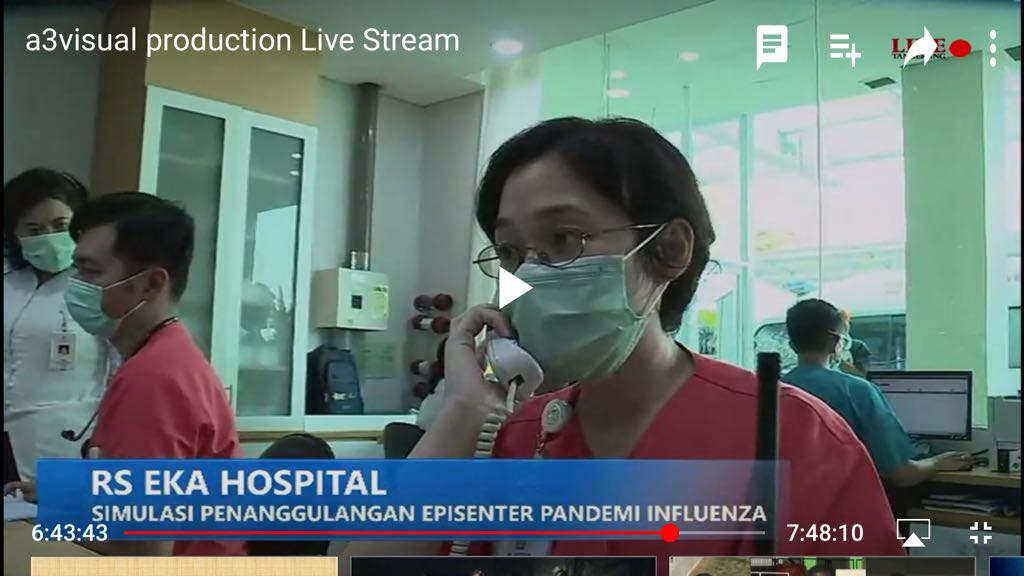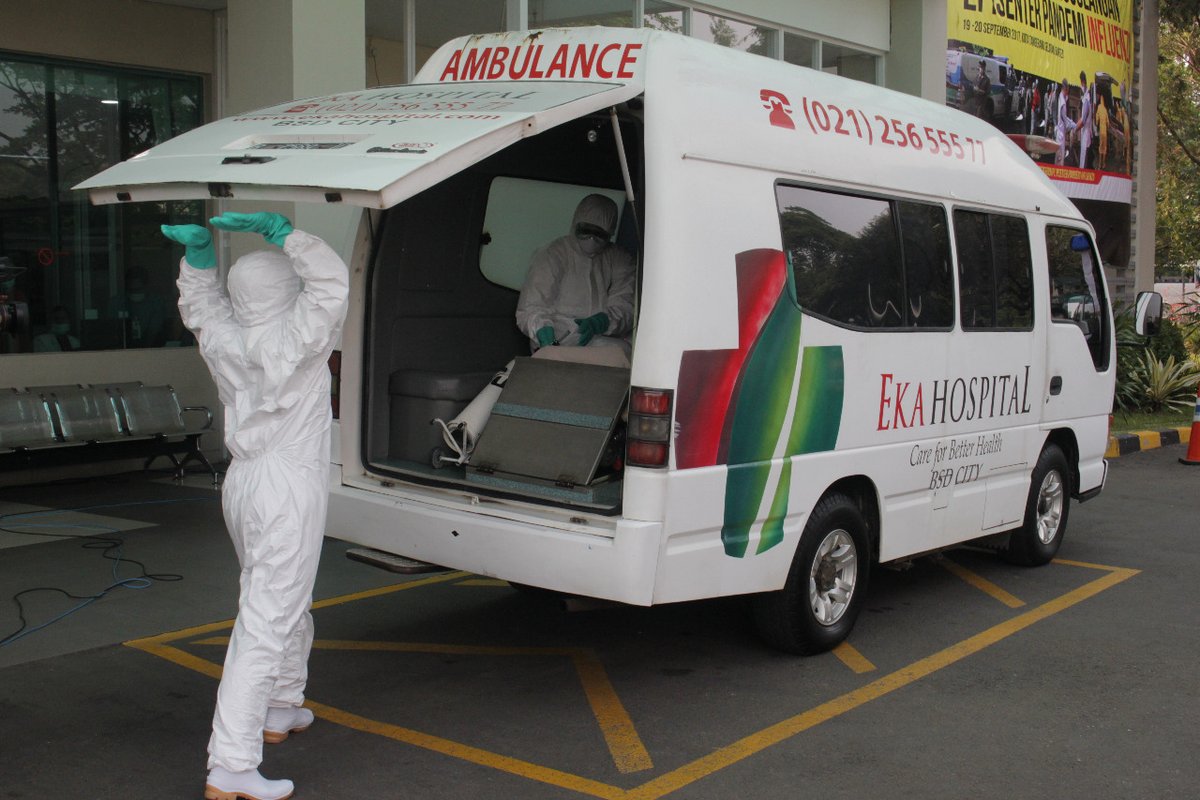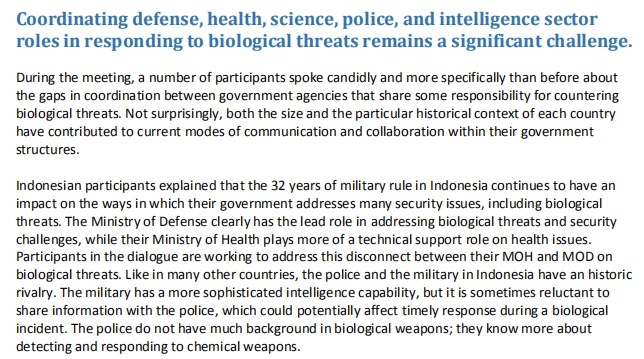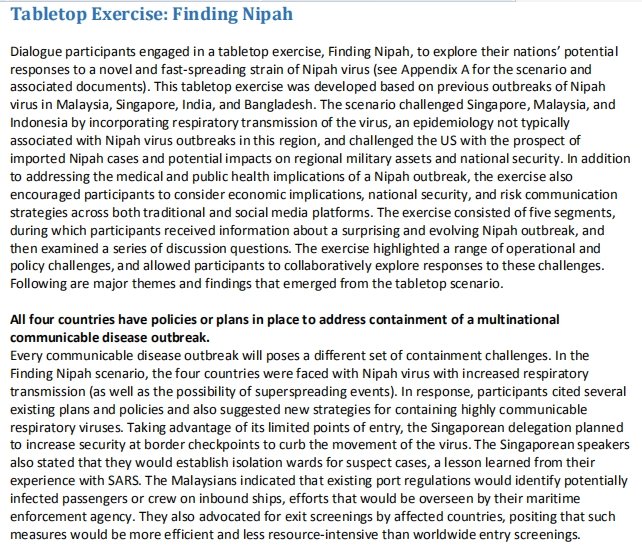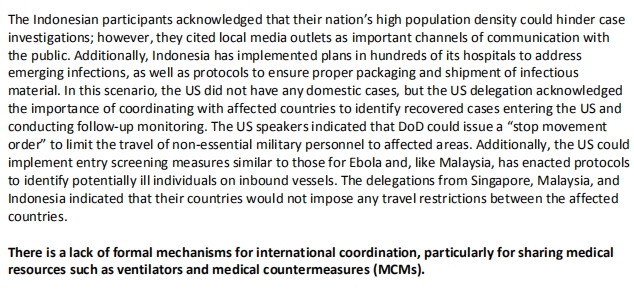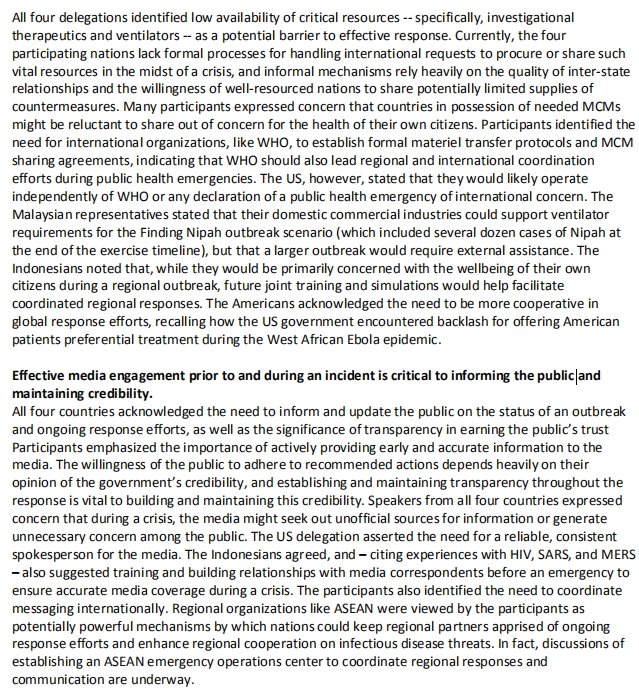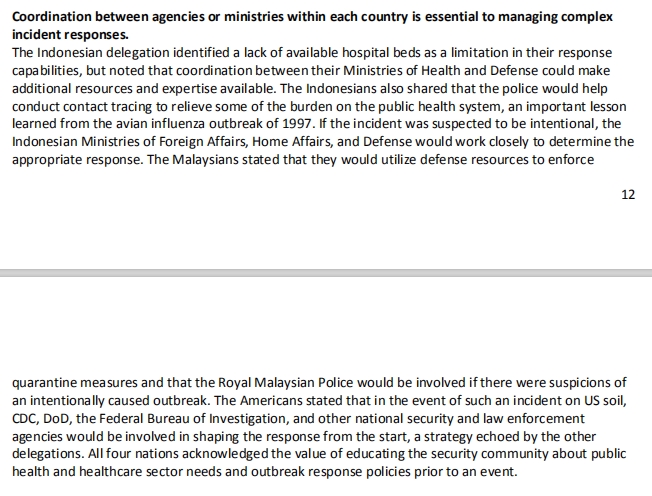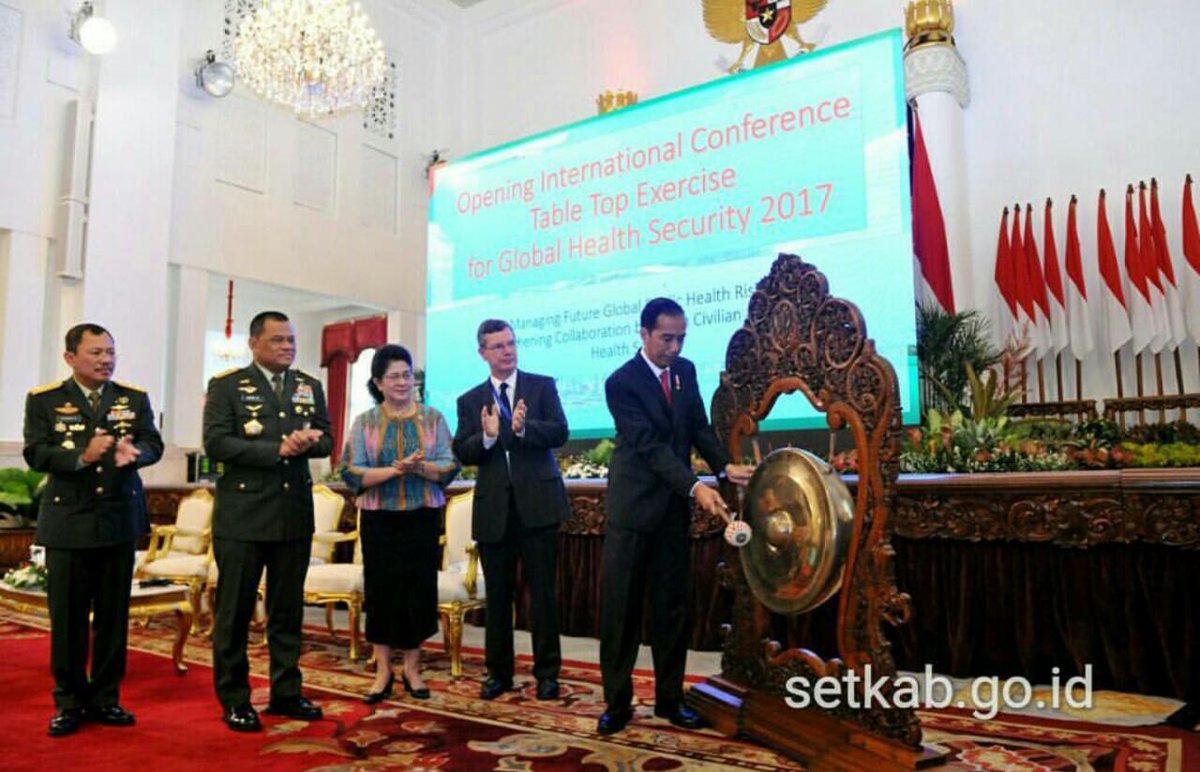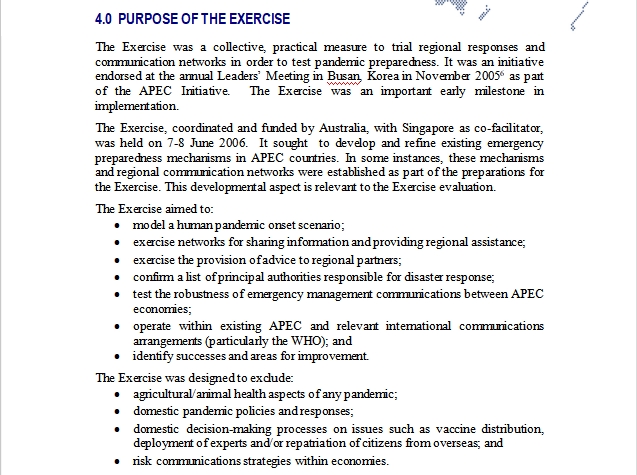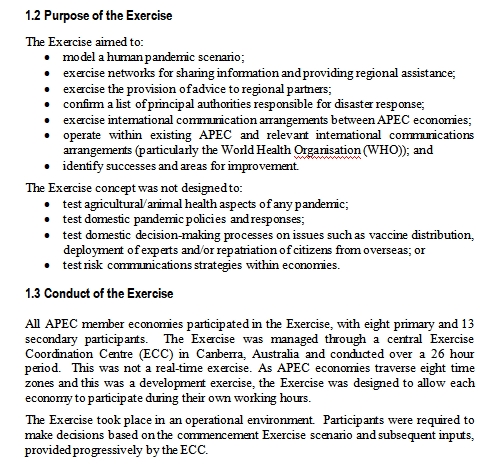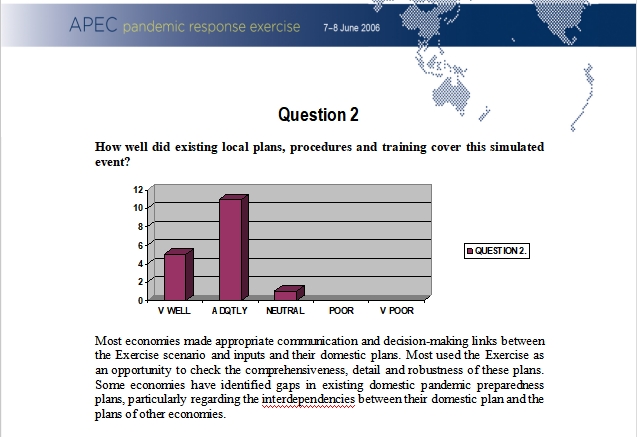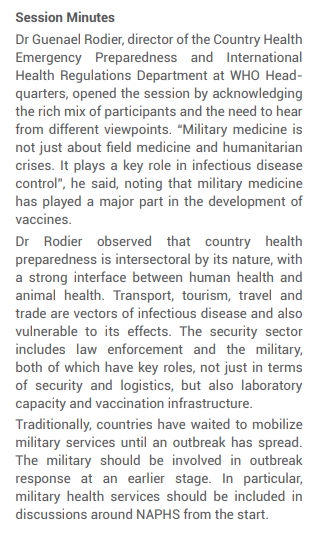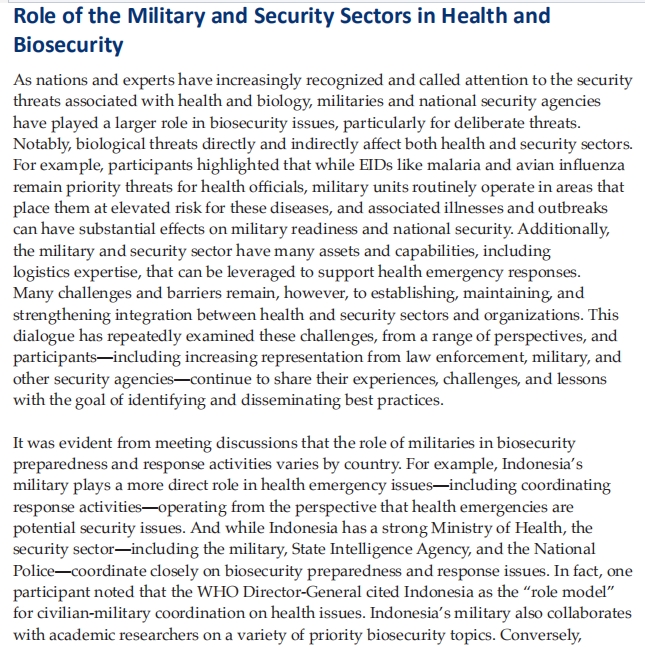A quick look at Indonesia& #39;s pandemic preparedness since the 2000s
--- A Thread---
The list is not exhaustive and will not represent all facets of the preparedness components. These will mainly focus on the regulations and exercises.
--- A Thread---
The list is not exhaustive and will not represent all facets of the preparedness components. These will mainly focus on the regulations and exercises.
Taken for granted, the Indonesian government& #39;s mechanism in pandemic preparedness seems like been going on continuously without major stoppage. But let& #39;s ask the big question: If so, why the piss-poor handling during COVID-19 pandemic?
The Technical Guidelines of Health Crisis Responses on Disaster released on February 2007 identified and planned the response for an epidemic.
The 2009 document has an eerie forecast of the fatality rate for the next flu pandemic after the 1918 one: 1-2%. And the anticipation for "insufficient health service, social chaos outbreak, and large scale economic downturn" is basically right on the dot with what& #39;s happening rn
Indonesia& #39;s KOMNAS FBPI (National Committee for Avian Influenza and Pandemic Preparedness/NCIAIPP) launched the National Pandemic Preparedness and Response Plan/NPPRP at 2007, and held a large scale exercise in Bali in 2008.
The 2008 exercise at Dangin Tukadaya, Jembrana Regency, Bali, was a big one. It was the first of its kind in the world.
You can see the April 2008 video of the field exercise here:
https://www.youtube.com/watch?v=oAgPD60VPwA
The">https://www.youtube.com/watch... simulation involved multiple ministries and agencies across the central, provincial and district levels of government.
https://www.youtube.com/watch?v=oAgPD60VPwA
The">https://www.youtube.com/watch... simulation involved multiple ministries and agencies across the central, provincial and district levels of government.
Another simulation was held in 2009. The Second Infuenza Pandemic Epicenter Response Simulation was held at Rappocini District, City of Makassar at 25-26 April 2009.
Familiar with the PPE-clad medical personnel?
Familiar with the PPE-clad medical personnel?
There are 8 pillars of influenza pandemic preparedness, implemented in the exercise with over 700 multi agency personnel.
Other field exercises were also held in in 2014 (now under the auspices of National Comission of Zoonosis Control/NCZC) at Baubau, Southeast Sulawesi, and Wanayasa District, Purwakarta, Western Java Province.
Overall coordination was lead by Coordinating Ministry of Human Development and Culture.
The NCZC itself was disbanded by President Jokowi Presidential Decision No. 116/2016 on Disbandment of Non-Structural Agencies Duty. The function of NCZC was handed over to CMHDC.
In 2017 another full scale exercise was held, the Infuenza Pandemic Epicenter Response Simulation, focusing on urban response.
There are 4 main locations: South Tangerang city (Setu Health Center, Setu urban community, Science and Technology Research Center area, BSD Modern Market, Eka Hospital, National Nuclear Energy Agency), Tangerang City Regional Hospital, Soekarno-Hatta airport, & Merak Banten Hbr.
You can see the video of the exercise here https://www.youtube.com/watch?v=c_86IFnaen4">https://www.youtube.com/watch...
Another video can also be seen here: https://www.youtube.com/watch?v=Mzu4AyGA9-4">https://www.youtube.com/watch...
Aside from the field exercise, many tabletop exercises were held by the Indonesian government, or the Indonesian representatives are involved in such exercises abroad.
Indonesia participated at APEC Pandemic Response Exercise 2006 7-8 June 2006.
Indonesia participated at APEC Pandemic Response Exercise 2006 7-8 June 2006.
The event was led by Australia under the auspices of the APEC Taskforce on Emergency Preparedness, which Indonesia co-chairs with Australia. Indonesia participated in the exercise as a ‘primary’ participant.
"Most of the exercises were table-top style where relevant officers discuss and manage a hypothetical pandemic situation in a round-table manner." https://www.ncbi.nlm.nih.gov/pmc/articles/PMC2896940/">https://www.ncbi.nlm.nih.gov/pmc/artic...
Another exercise is the Strategic Multilateral Dialogue on Biosecurity held on December 2-3, 2015 in Kuala Lumpur, Malaysia. This is an excerpt of the problem explained by the Indonesian delegation, pre exercise.
The "Finding Nipah" tabletop exercise contains findings that are familiar with today& #39;s problems:
Issues with ventilators, hospital beds, etc. "Effective media engagement"... Are the lessons heeded?
Issues with ventilators, hospital beds, etc. "Effective media engagement"... Are the lessons heeded?
The full report on the exercise can be read here:
https://www.centerforhealthsecurity.org/our-work/pubs_archive/pubs-pdfs/2016/Multilateral%20Report_FINAL.pdf">https://www.centerforhealthsecurity.org/our-work/...
https://www.centerforhealthsecurity.org/our-work/pubs_archive/pubs-pdfs/2016/Multilateral%20Report_FINAL.pdf">https://www.centerforhealthsecurity.org/our-work/...
A tabletop exercise was also held at the “Managing Future Global Public Health Risks by Strengthening Civilian and Military Health Services” event on 24-26 October 2017 in Jakarta.
2 days, 2 table-top exercises on a flooding and outbreak scenario and a deliberate event scenario on national collaboration between civilian and military health services in the context of health emergencies.
I apologize: Can& #39;t find the exact event scenario! Anybody?
I apologize: Can& #39;t find the exact event scenario! Anybody?
Forgot to put the tabletop exercise for the 2006 APEC event:
https://twitter.com/EnricoE39/status/1260949001349689344">https://twitter.com/EnricoE39...
https://twitter.com/EnricoE39/status/1260949001349689344">https://twitter.com/EnricoE39...
Interesting takeout from the 2017 event:
The military& #39;s role in outbreak response. How do we compare to the current situation?
The military& #39;s role in outbreak response. How do we compare to the current situation?
The series of Johns Hopkins Center for Health Security and the Department of Disease Control-led event continued, with May 2019 Biosecurity Dialogue at Phuket.
"Indonesia as the “role model” for civilian-military coordination on health issues", anyone?
"Indonesia as the “role model” for civilian-military coordination on health issues", anyone?
Closing my very rough-and-quick outlook at Indonesia& #39;s pandemic preparedness, we can start to ask questions:
- Indonesia held various exercises, some even multinational participants and/or observers. Where did the lessons learned go?
- Indonesia held various exercises, some even multinational participants and/or observers. Where did the lessons learned go?
- As National Commissions were established and disbanded, where are the experts, once gathered under a single, integrated umbrella organization? "Stove piping" phenomenon in which various personnel was scattered across agencies/ministries?
- In relation to the scattered SMEs (Subject Matter Experts), did "knowledge compartmentalization" happen? Is the COVID-19 Task Force capable of reabsorbing those experts and their expertise under the current umbrella?
Those questions are not for me to answer, and I& #39;d let it be a starting point for general public (or anyone interested enough!) to start questioning the government& #39;s handling of the pandemic with historical context in mind, instead of short period "filter".
--- end of thread ---
Anybody interested in the publication sources (and is lazy to do Google-Fu...) can @ me and I& #39;ll reply with the links!
Anybody interested in the publication sources (and is lazy to do Google-Fu...) can @ me and I& #39;ll reply with the links!

 Read on Twitter
Read on Twitter